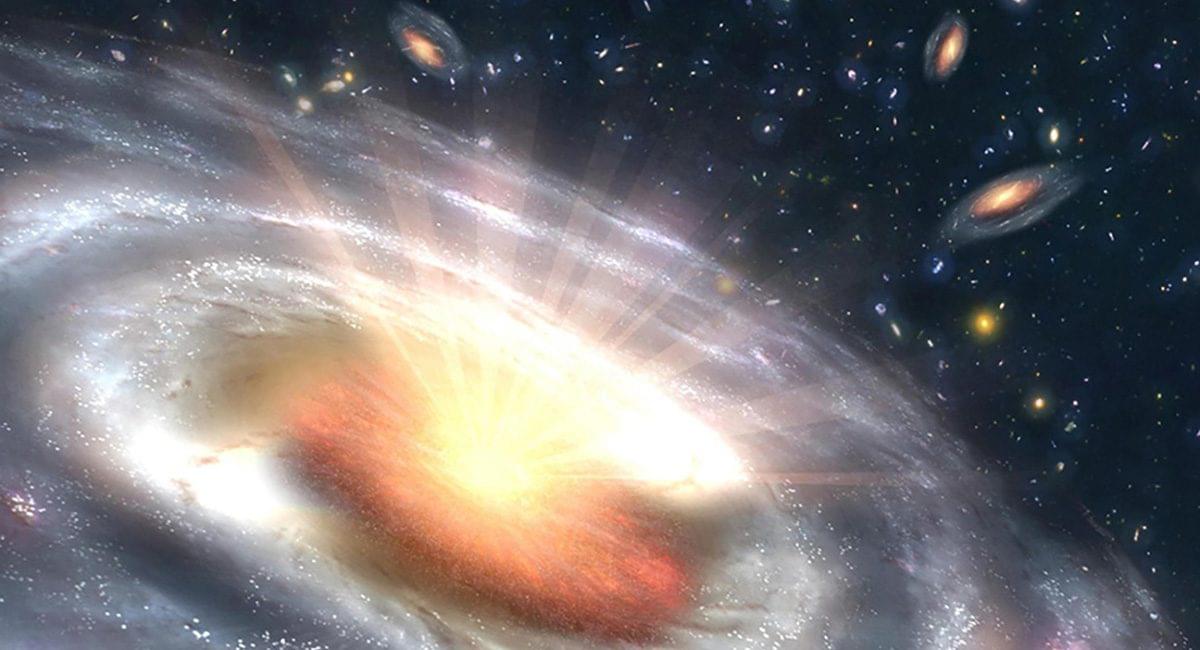The structure is nearly 600 million light-years from Earth and is an early display of the nascent dark matter telescope’s power.


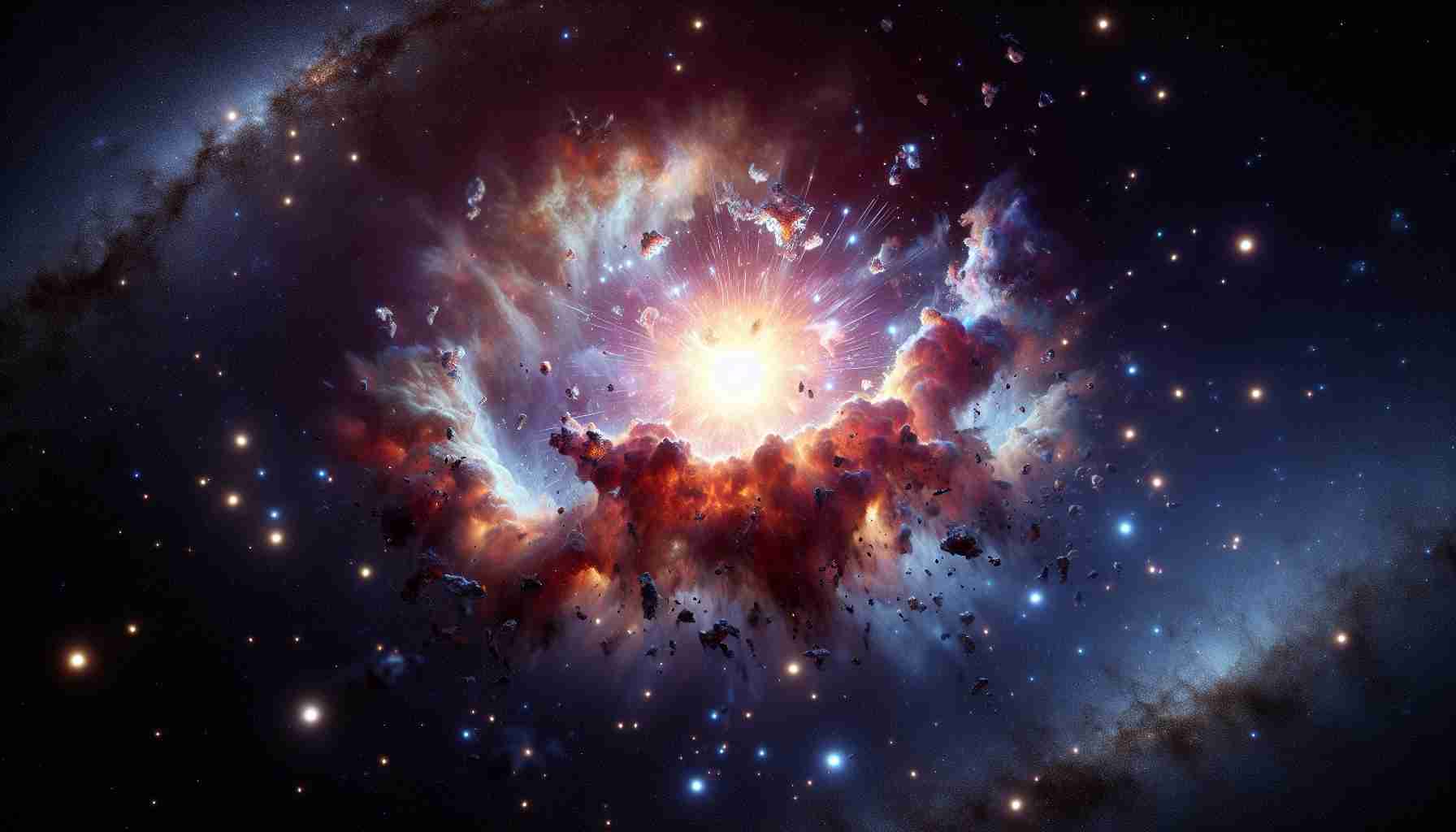
The Hubble Space Telescope’s ability to capture such detailed images of SN 2022AAJN represents a milestone in astronomical exploration. With its unprecedented image quality, Hubble provides astronomers with the means to explore cosmic events in greater depth and detail. This capability marks the start of a new era in astronomical science, where advanced imaging combines with cutting-edge data analysis tools, like machine learning, to accelerate discoveries and deepening our understanding of cosmic events such as supernovae and dark energy.
For further exploration and updates in astronomical research, visit the following resource: NASA. Here, you can find more in-depth insights, latest news, and upcoming events related to astronomical advancements.
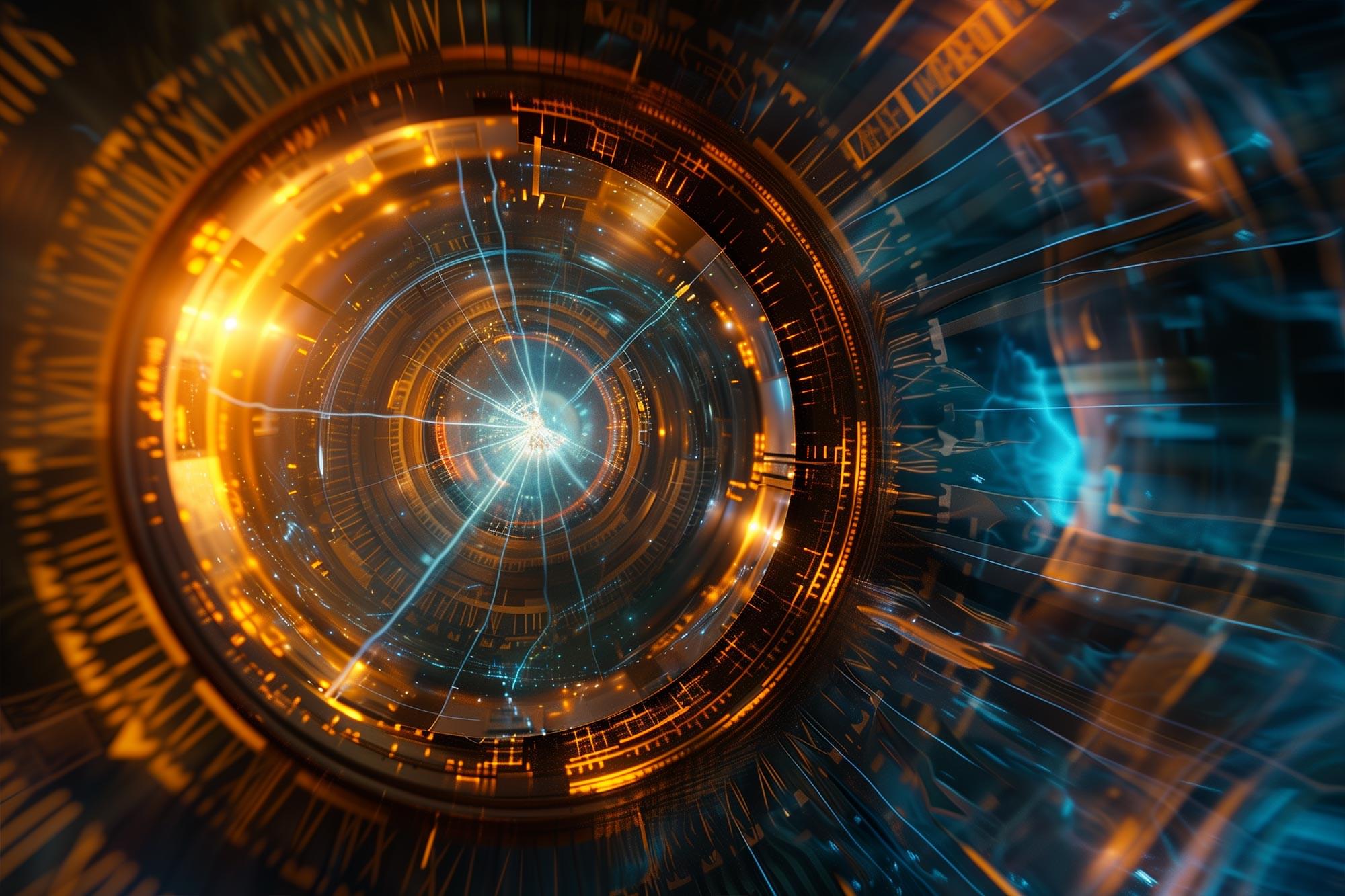
Using atomic clocks and ultra-stable lasers, they tracked subtle changes in time to detect hidden dark matter waves. By measuring precision shifts across vast distances, the study opens doors to new discoveries in fundamental physics.
Unveiling Dark Matter with a Bold New Approach
A team of international researchers has developed a novel method to investigate dark matter, the mysterious substance believed to hold galaxies together.
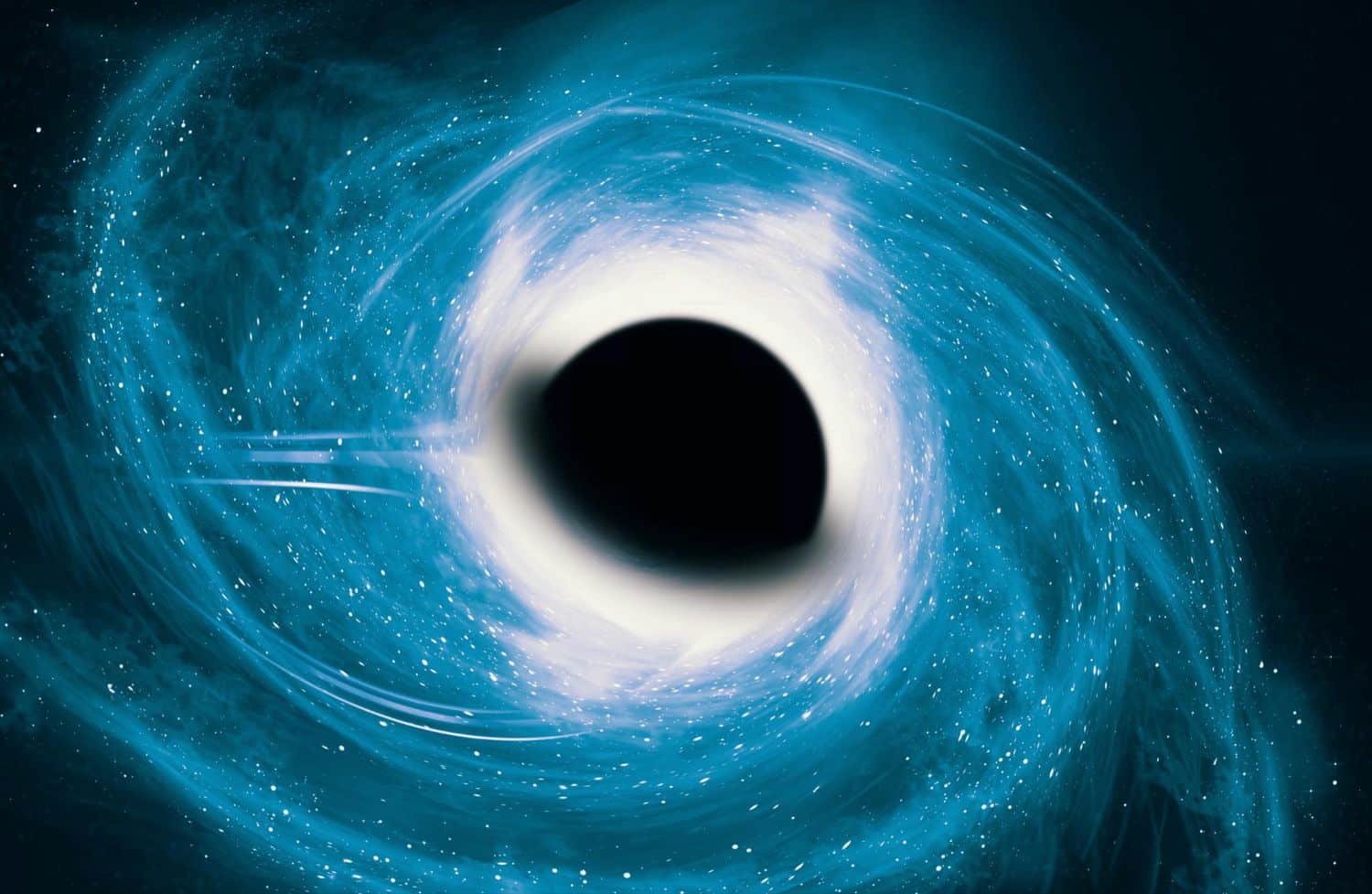
Kavli IPMU Professor John Silverman said, “Vera Rubin provided the first evidence for dark matter using the rotation curves of nearby local galaxies. We’re using the same technique but now in the early Universe.”
Blue-shifted (towards researchers) and redshifted (away) gas show velocity changes in the galaxy. Unlike past studies, which showed less dark matter in the galaxy’s outskirts, their data shows a flat rotation curve, indicating that more dark matter is needed for high velocities.
These findings shed light on the relationship between dark matter and supermassive black holes, helping us understand galaxy evolution from the early Universe to today.
Main episode with Matthew Segall: https://www.youtube.com/watch?v=DeTm4fSXpbM
As a listener of TOE you can get a special 20% off discount to The Economist and all it has to offer! Visit https://www.economist.com/toe.
New Substack! Follow my personal writings and EARLY ACCESS episodes here: https://curtjaimungal.substack.com.
TOE’S TOP LINKS:
- Enjoy TOE on Spotify! https://tinyurl.com/SpotifyTOE
- Become a YouTube Member Here:
https://www.youtube.com/channel/UCdWIQh9DGG6uhJk8eyIFl1w/join.
- Support TOE on Patreon: https://patreon.com/curtjaimungal (early access to ad-free audio episodes!)
- Twitter: https://twitter.com/TOEwithCurt.
- Discord Invite: https://discord.com/invite/kBcnfNVwqs.
- Subreddit r/TheoriesOfEverything: https://reddit.com/r/theoriesofeverything.
#science #philosophy #multiverse #wisdom
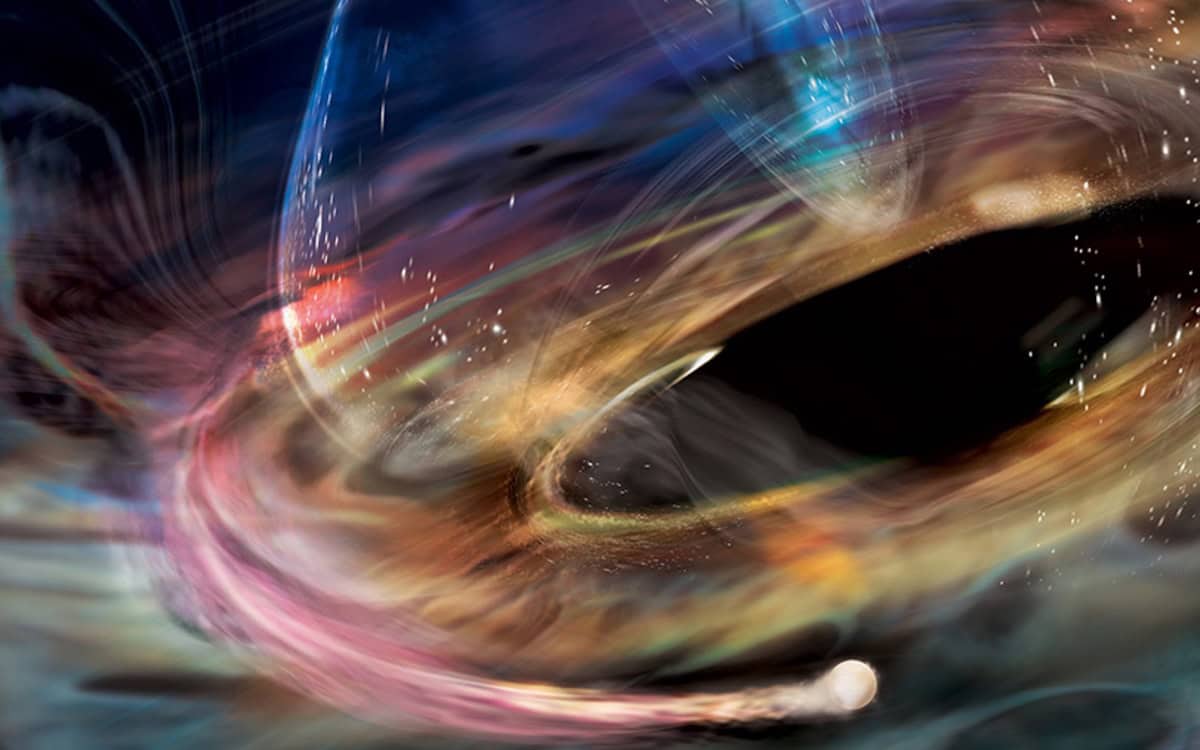
An international team of researchers has detected a series of significant X-ray oscillations near the innermost orbit of a supermassive black hole – an unprecedented discovery that could indicate the presence of a nearby stellar-mass orbiter such as a white dwarf.
Optical outburst
The Massachusetts Institute of Technology (MIT)-led team began studying the extreme supermassive black hole 1ES 1927+654 – located around 270 million light years away and about a million times more massive than the Sun – in 2018, when it brightened by a factor of around 100 at optical wavelengths. Shortly after this optical outburst, X-ray monitoring revealed a period of dramatic variability as X-rays dropped rapidly – at first becoming undetectable for about a month, before returning with a vengeance and transforming into the brightest supermassive black hole in the X-ray sky.
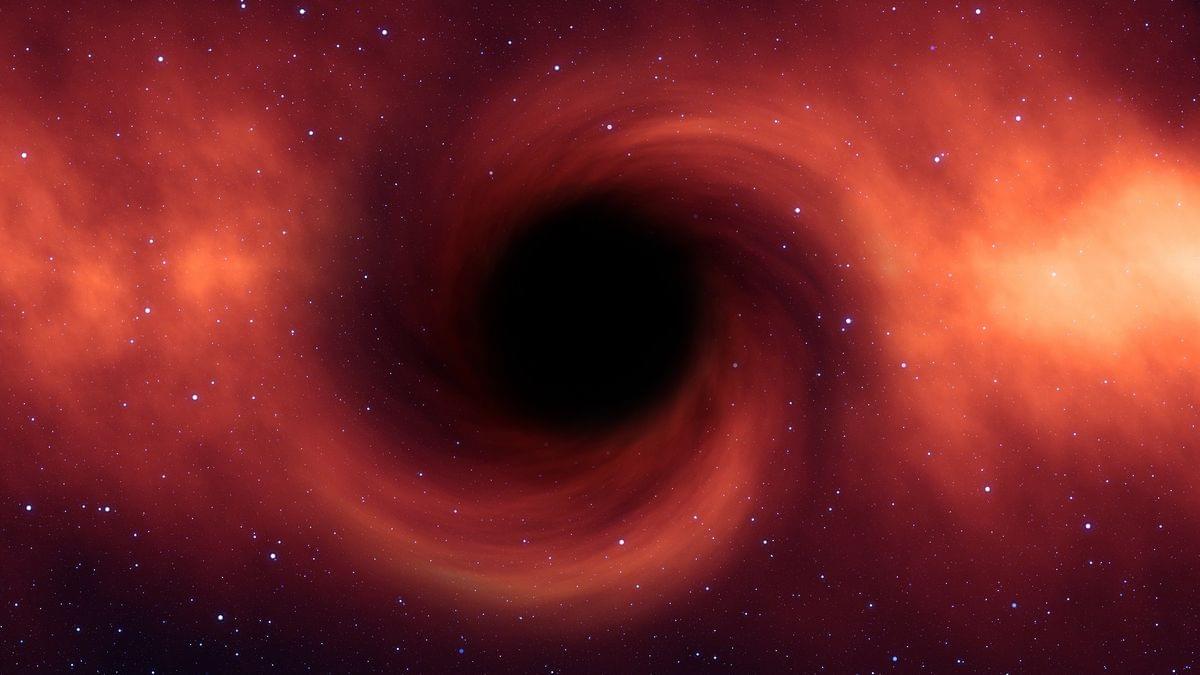
Viewers like you help make PBS (Thank you 😃). Support your local PBS Member Station here: https://to.pbs.org/DonateSPACE
Using geometry we can not only understand, but visualize how causality dictates the order of events in our universe. Start your Audible trial today at http://www.audible.com/spacetime.
You can further support us on Patreon at / pbsspacetime.
Get your own Space Time tshirt at http://bit.ly/1QlzoBi.
Tweet at us! @pbsspacetime.
Facebook: facebook.com/pbsspacetime.
Email us! pbsspacetime [at] gmail [dot] com.
Comment on Reddit: / pbsspacetime.
Help translate our videos! In this episode we dive deeper into the relationship between space and time and explore how we can geometrically map the causality of the universe and increase our understanding of how time and distance relate to one another. Important Reference Episodes: The Speed of Light is not about Light (1:16) • The Speed of Light is NOT About Light Can You Trust Your Eyes in Space Time? (1:16)
• Can You Trust Your Eyes in Spacetime? Previous Episode: Why Quasars are so Awesome
• Why Quasars are so Awesome | Space Time Written and hosted by Matt O’Dowd Produced by Rusty Ward Graphics by Grayson Blackmon Made by Kornhaber Brown (www.kornhaberbrown.com) Comments Answered by Matt: Michael Lloyd
• The Phantom Singularity | Space Time Jose Hernandez
• The Phantom Singularity | Space Time Joan Eunice
• Why Quasars are so Awesome | Space Time Mike Cammiso
• Why Quasars are so Awesome | Space Time Bikram Sao
• Why Quasars are so Awesome | Space Time Cinestar Productions
• Why Quasars are so Awesome | Space Time Special thanks to our Patreon Big Bang, Quasar and Hypernova Supporters: Big Bang Henry Van Styn David Nicklas Quasar Jelle Slaets Tambe Barsbay Joel Brinton Luna IT Solutions Hypernova Joe Chuck Zegar Craig Peterson Jordan Young Ratfeast John Hofmann Thanks to our Patreon Gamma Ray Burst Supporters: Bernardo Higuera Erik Stein Daniel Lyons Avan & Kyan Griggs Bernardo Higuera Jade Bilkey Kevin Warne JJ Bagnell J Rejc Michael Fischer Dylan Merida Amy Jie Anthony Caridi Avi Goldfinger Corey Smeaton John Pettit Shannan Catalano Florian Stinglmayr Yubo Du Benoit Pagé-Guitard Ronny Polonia Nathan Leniz Jessica Fraley Kirk Mathews Loro Lukic Carl P. Corliss Brandon labonte David Crane Greg Weiss Eric Jackson Will and Sonja Marple.
In this episode we dive deeper into the relationship between space and time and explore how we can geometrically map the causality of the universe and increase our understanding of how time and distance relate to one another.
Important Reference Episodes:
